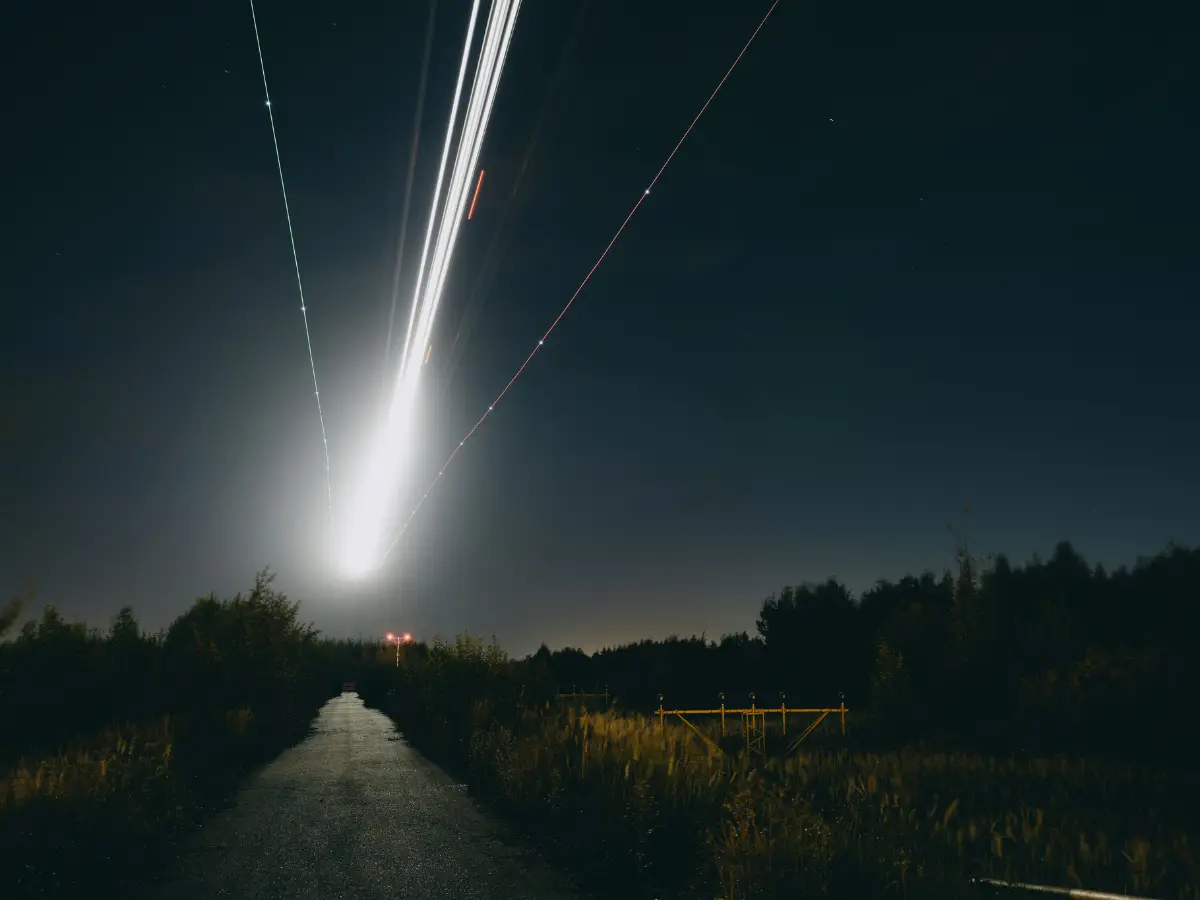Scientists have confirmed that a signal detected by the KM3NeT detector in 2023 was indeed a cosmic neutrino. Initially, it was believed to be a glitch since it is almost impossible to detect neutrinos. These particles neither have any mass nor an electric charge, and they hardly ever interact with other particles. But KM3NeT, located deep under the Mediterranean Sea, detected a faint signal in February that year, which was determined to be a neutrino with a record-shattering energy of 220 petaelectronvolts (PeV). How was that possible? Researchers have since been analysing the particle and are sure that it was a neutrino. They are also known as ghost particles since they move around us, and even through us, without ever being noticed. Data and analysis support the assumption that the KM3-230213A signal was caused by a 220-PeV neutrino. But now another mystery has cropped up, about its origin. Scientists are almost sure that the neutrino came from deep space. Also Read: Could a 1-km-deep under-water volcano trigger a disaster? showing signs of imminent eruption
Despite being hard to detect, neutrinos are the most abundant particle in the universe. When stars merge or die in a supernova, an abundance of neutrinos is created. Even though a lack of physical character makes neutrinos tough to find, sometimes they crash into another particle, creating a burst of muons and photons, particles of light. This triggers a faint glow that some detectors can pick up. The same thing happened with KM3NeT. Set up at a depth of 11,320 feet under the ocean, the detector sits in a pitch-dark environment. Here, a neutrino smacking into a particle would shine like a beacon. Also Read: Beast’s eye in space: Object spewing particles at Earth was a mystery. A photo has revealed it is…
Only 1 in 100 chance of detecting a neutrino
When the neutrino smacked into Earth in 2023, scientists didn’t believe it was a neutrino event since nothing like this had ever been detected by other detectors in operation for longer than KM3NeT. This includes IceCube and Auger, which have swept regions for ultra-high-energy neutrinos, but have never seen one. Researchers think that “the neutrino observed by KM3NeT is the first such neutrino observed,” as stated in the KM3Net collaboration. They inferred that even though there is “a rather low probability” of something like this happening, “approximately 1 in 100,” KM3NeT has definitely picked up a neutrino event. Also Read: Signal from the early universe: Radio burst travels 10 billion years to reach Earth. It came from a…
This discovery has also led scientists to think about the newer sources of neutrinos in the universe. KM3-230213A suggests a new component or process that produces ultra-high-energy neutrinos could be present in the universe that blasted out the neutrino. “This is relevant because it is expected that such a new component would arise at ultra-high energies, due to cosmogenic neutrinos,” those produced when cosmic rays interact with “the first observable light of the Universe emitted about 13.8 billion years ago.” It is also possible that “a new population of astrophysical objects emitting ultra-high-energy neutrinos” is present somewhere in the universe. However, they are sure that it did not originate in the Milky Way, but came from an extreme distance.
